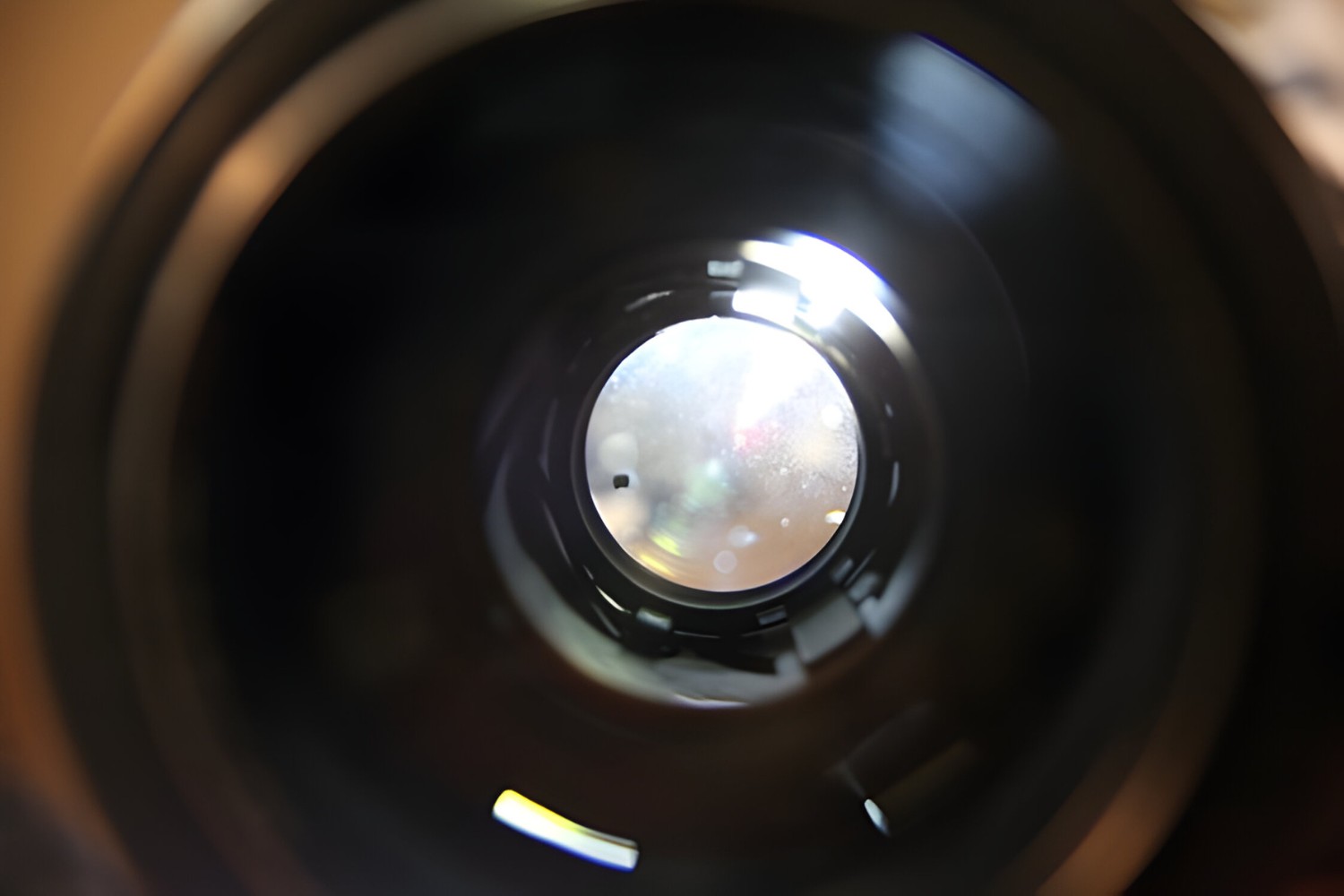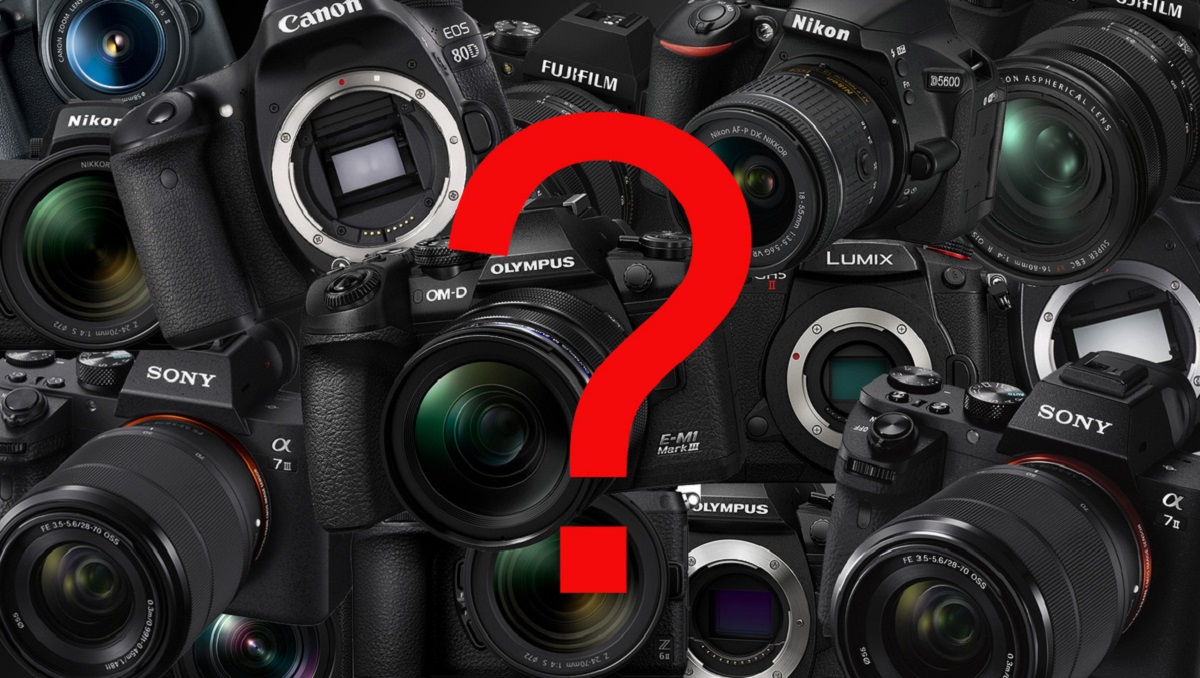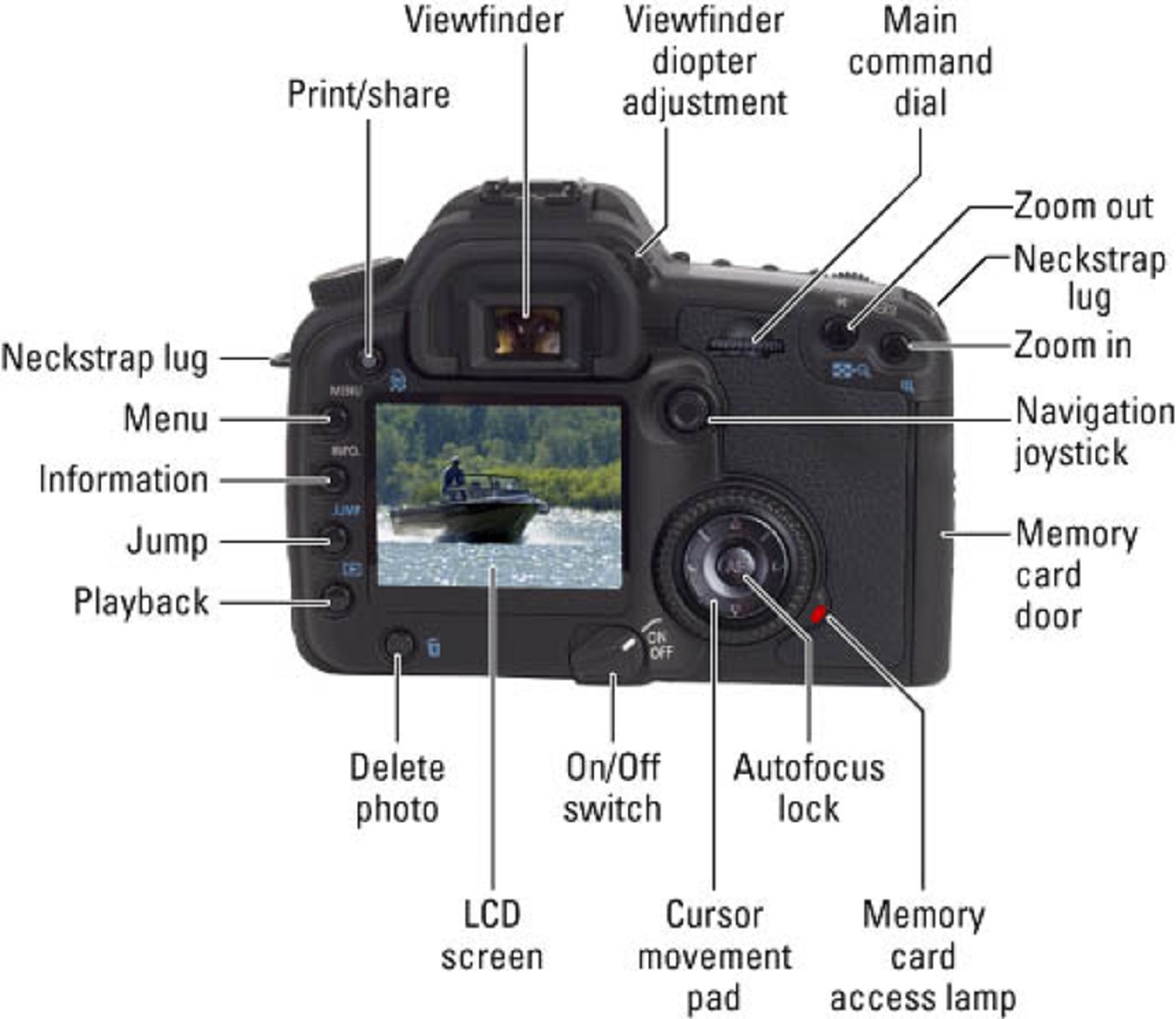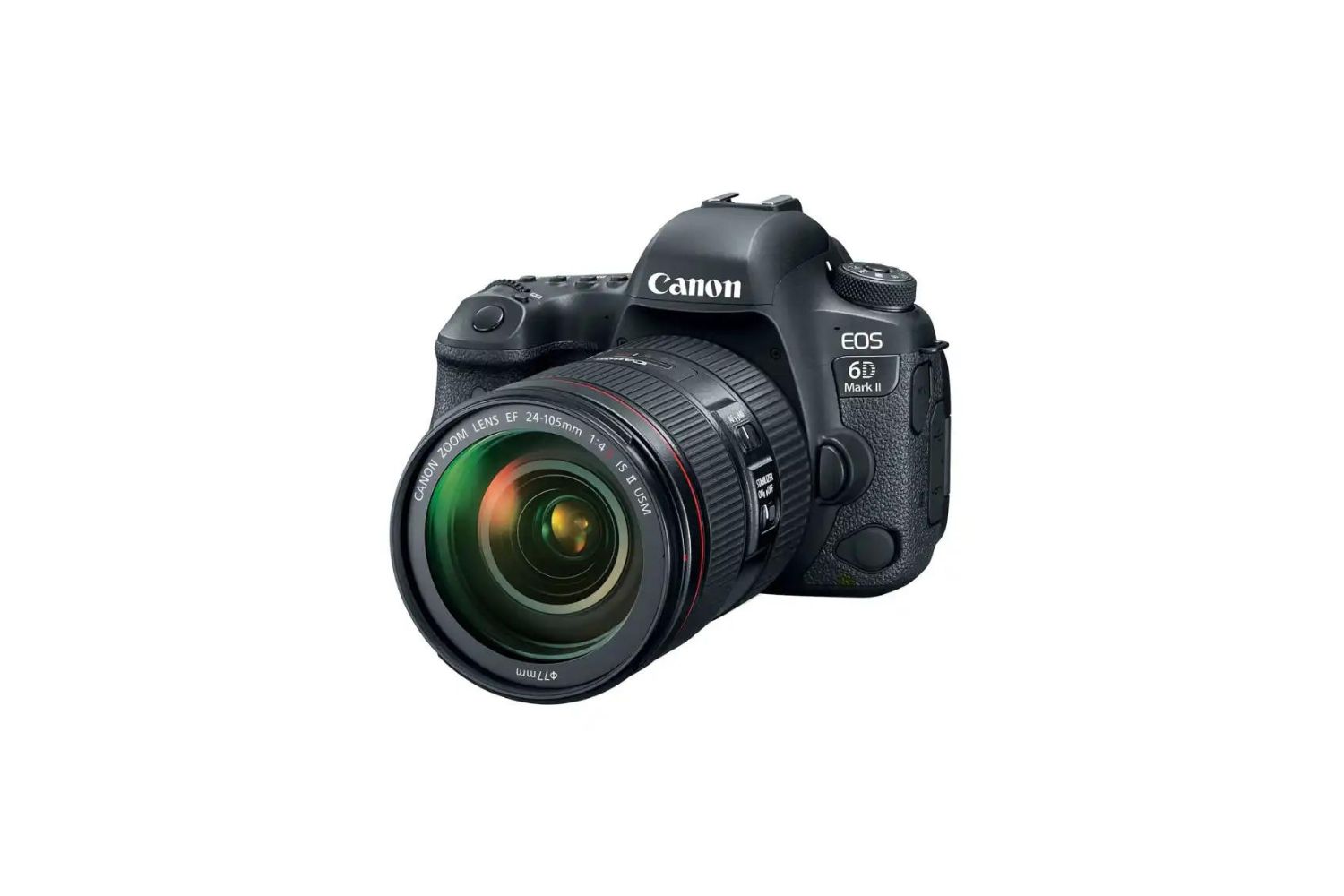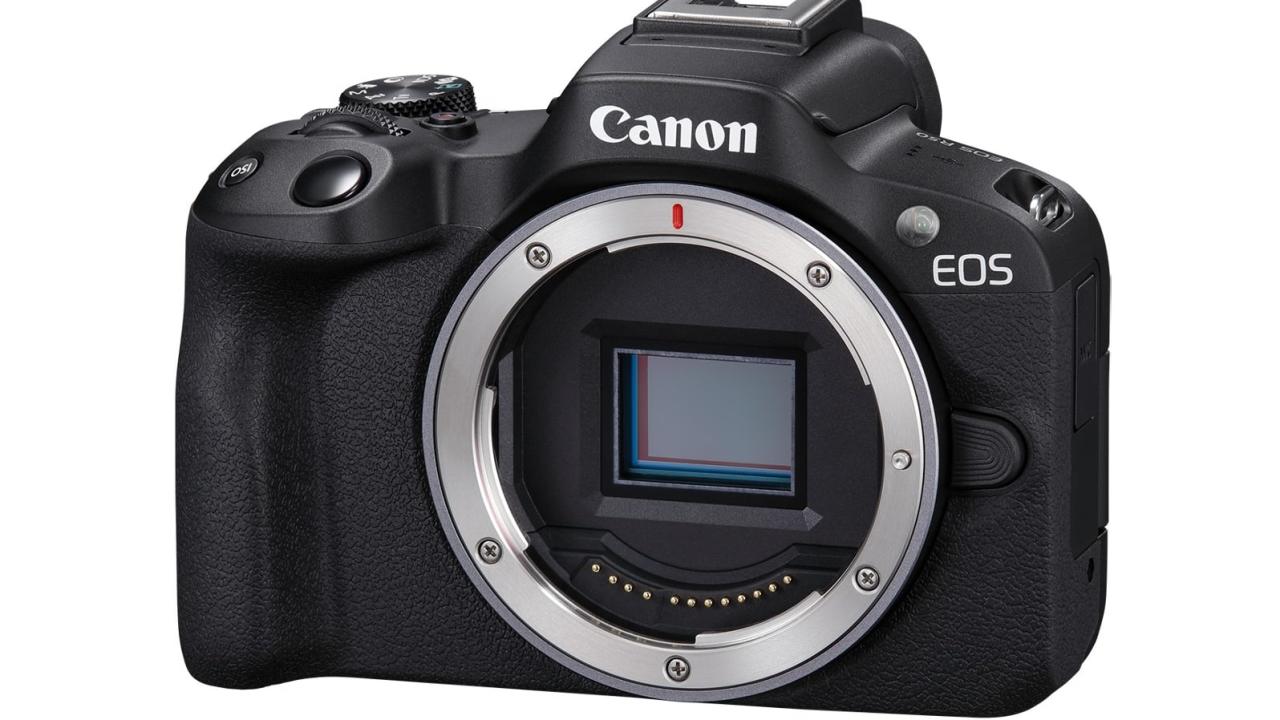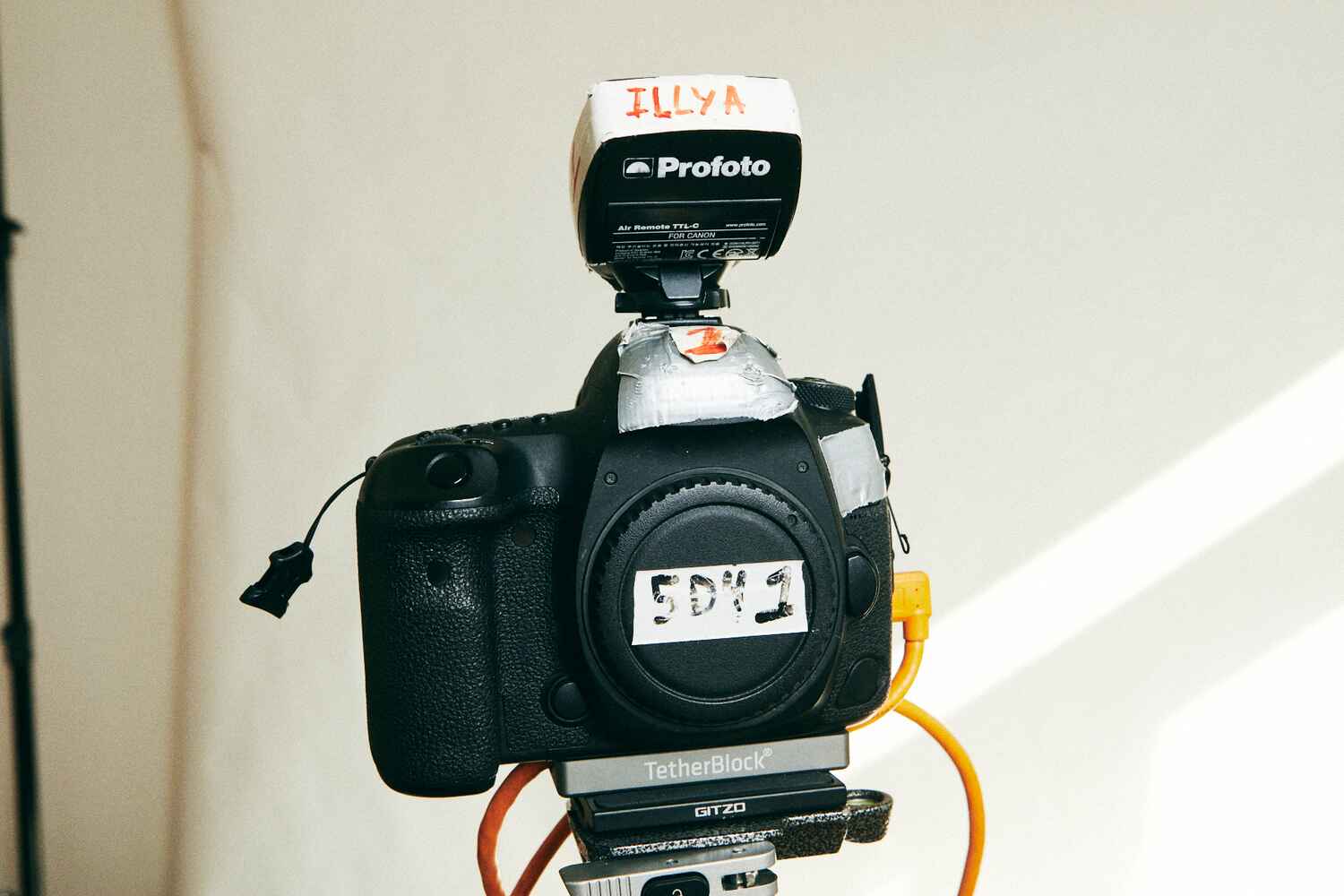Introduction
The Role of Megapixels in DSLR Cameras
As technology continues to advance, the world of digital photography has undergone a remarkable transformation. One of the pivotal aspects that photographers, both amateur and professional, often deliberate upon is the megapixel count of a DSLR camera. The term "megapixel" refers to the million pixels that constitute an image captured by a digital camera. In the realm of photography, understanding the significance of megapixels is crucial for making informed decisions when investing in a DSLR camera.
The Evolution of Megapixels in DSLR Cameras
The evolution of digital photography has seen a substantial increase in the megapixel count of DSLR cameras. In the early days of digital photography, cameras typically offered a mere few megapixels, often resulting in images with limited detail and resolution. However, with advancements in sensor technology and image processing, modern DSLR cameras now boast significantly higher megapixel counts, enabling photographers to capture intricate details and produce high-resolution images with unprecedented clarity.
The Purpose of This Article
This article aims to provide a comprehensive overview of the role of megapixels in DSLR cameras, offering insights into the factors to consider when assessing megapixel counts and the common ranges of megapixels available in DSLR cameras. By understanding these key elements, readers will be empowered to make informed decisions when selecting a DSLR camera that aligns with their specific photography needs. Whether it's capturing breathtaking landscapes or preserving precious moments, the megapixel count plays a pivotal role in realizing the full potential of a DSLR camera.
The Impact of Megapixels on Image Quality
It's essential to recognize that the megapixel count of a DSLR camera directly influences the level of detail and sharpness present in the captured images. Higher megapixel counts facilitate the creation of large prints without compromising on image quality, making them ideal for professional photographers and enthusiasts who prioritize intricate details and expansive prints. Conversely, cameras with lower megapixel counts are well-suited for casual photography and web-based sharing, offering a balance between image quality and file size.
The Journey Ahead
As we delve deeper into the realm of megapixels and their significance in DSLR cameras, we will explore the factors to consider when evaluating megapixel counts, the common ranges of megapixels found in DSLR cameras, and ultimately, how to choose the right megapixel count that aligns with your unique photography requirements. Let's embark on this insightful journey to unravel the mysteries and nuances of megapixels in the realm of digital photography.
Understanding Megapixels
Deciphering the Megapixel Myth
Before delving into the intricacies of megapixels, it is imperative to dispel the myth that a higher megapixel count equates to superior image quality. While a higher megapixel count does offer the potential for greater detail and larger prints, the overall image quality is influenced by a myriad of factors, including sensor size, lens quality, and image processing capabilities. Therefore, understanding megapixels within the broader context of a DSLR camera’s capabilities is essential for making well-informed decisions.
The Significance of Megapixels
Megapixels play a pivotal role in determining the resolution and level of detail captured in an image. A higher megapixel count results in images with more pixels, enabling photographers to crop and enlarge photos without compromising on clarity and sharpness. This is particularly advantageous for professionals who require the flexibility to manipulate and print images at varying sizes without sacrificing quality. Conversely, cameras with lower megapixel counts are adept at producing smaller file sizes, making them suitable for online sharing and casual photography.
Understanding Pixel Density
Pixel density refers to the concentration of pixels within a given area of the image sensor. Higher pixel density, often associated with cameras boasting elevated megapixel counts, contributes to finer details and enhanced clarity in the captured images. This is especially beneficial for photographers who specialize in genres such as landscape and wildlife photography, where intricate details and expansive prints are paramount. Conversely, cameras with lower pixel density are well-suited for scenarios where compact file sizes and efficient image processing are prioritized.
Optimizing Megapixels for Specific Applications
It is essential to align the megapixel count of a DSLR camera with the intended application and photographic requirements. For professionals engaged in commercial photography, architecture, or studio portraiture, higher megapixel counts offer the versatility to capture intricate details and produce large-format prints with unparalleled clarity. Conversely, enthusiasts and casual photographers may find cameras with moderate megapixel counts to be well-suited for everyday photography, striking a balance between image quality and file size.
The Dynamic Role of Megapixels
As we unravel the nuances of megapixels, it becomes apparent that the role of megapixels extends beyond mere numbers. While a higher megapixel count undoubtedly offers the potential for enhanced detail and flexibility in post-processing, it is imperative to consider the holistic capabilities of a DSLR camera, encompassing sensor size, lens quality, and image processing algorithms. By comprehending the dynamic role of megapixels within the broader context of digital photography, photographers can make informed decisions that harmonize with their specific creative pursuits and imaging requirements.
Factors to Consider
Navigating the Megapixel Maze: Key Considerations
When evaluating the megapixel count of a DSLR camera, several crucial factors warrant careful consideration to ensure that the chosen camera aligns with the unique photographic requirements and creative pursuits of the photographer. By delving into these key considerations, individuals can make informed decisions that optimize the potential of their DSLR cameras while avoiding the pitfalls of unnecessary megapixels.
Sensor Size and Megapixel Synergy
It is imperative to recognize the synergy between sensor size and megapixel count in DSLR cameras. Larger sensors, such as full-frame sensors, effectively complement higher megapixel counts by facilitating enhanced light capture and dynamic range, resulting in images with exceptional clarity and depth. Conversely, cameras with smaller sensors can exhibit limitations in accommodating extremely high megapixel counts, potentially leading to compromised image quality, particularly in low-light conditions. Therefore, aligning the megapixel count with the sensor size is fundamental in harnessing the full potential of a DSLR camera.
Optical Quality and Resolving Power
Beyond megapixels, the optical quality of the lens plays a pivotal role in harnessing the resolving power of a DSLR camera. High-quality lenses, renowned for their superior optical construction and resolving capabilities, are essential for realizing the full potential of higher megapixel counts. These lenses effectively capture intricate details and minimize optical aberrations, ensuring that the heightened resolution offered by higher megapixel counts is fully realized in the captured images. Therefore, investing in premium lenses that harmonize with the megapixel count is indispensable for achieving unparalleled image quality.
Storage and Post-Processing Demands
Higher megapixel counts invariably translate to larger file sizes, necessitating ample storage space and robust post-processing capabilities. Photographers opting for cameras with elevated megapixel counts must account for the increased demands on storage devices and computing resources, particularly when working with extensive post-processing workflows. Conversely, cameras with moderate megapixel counts offer a balance between image quality and file size, minimizing the storage and processing demands while delivering impressive results suitable for a diverse range of photographic applications.
Photographic Intent and Output Requirements
Understanding the specific intent behind photography endeavors and the desired output requirements is instrumental in determining the ideal megapixel count for a DSLR camera. For professionals engaged in commercial photography, advertising, and fine art prints, higher megapixel counts offer the flexibility to capture intricate details and produce large-format prints with unparalleled clarity. Conversely, enthusiasts and casual photographers may find cameras with moderate megapixel counts to be well-suited for everyday photography, web-based sharing, and modest print sizes, aligning with their diverse and dynamic photographic pursuits.
Harmonizing Megapixels with Creative Vision
Ultimately, harmonizing the megapixel count of a DSLR camera with the photographer’s creative vision and specific imaging requirements is paramount. By meticulously evaluating the interplay between sensor size, optical quality, storage demands, and intended photographic applications, individuals can ascertain the optimal megapixel count that seamlessly integrates with their creative pursuits, ensuring that their DSLR camera becomes a conduit for translating their artistic vision into compelling visual narratives.
Common Megapixel Ranges for DSLR Cameras
The Diverse Landscape of Megapixel Counts
DSLR cameras encompass a diverse array of megapixel counts, catering to the varied needs and preferences of photographers across different genres and skill levels. Understanding the common megapixel ranges prevalent in DSLR cameras is pivotal for navigating the expansive landscape of digital photography and making informed decisions when selecting a camera that harmonizes with specific creative pursuits and imaging requirements.
Entry-Level DSLR Cameras (12-24 Megapixels)
Entry-level DSLR cameras typically feature megapixel counts ranging from 12 to 24 megapixels. These cameras strike a balance between resolution and file size, making them well-suited for beginners and enthusiasts venturing into the realm of digital photography. The moderate megapixel count facilitates the capture of high-quality images while minimizing storage demands, rendering these cameras ideal for everyday photography, web-based sharing, and modest print sizes.
Mid-Range DSLR Cameras (24-36 Megapixels)
Mid-range DSLR cameras commonly boast megapixel counts ranging from 24 to 36 megapixels, offering enhanced resolution and detail while accommodating a diverse range of photographic applications. These cameras cater to photographers engaged in commercial photography, portraiture, and landscape photography, providing the flexibility to capture intricate details and produce large-format prints with unparalleled clarity. The elevated megapixel count empowers photographers to explore expansive printing options without compromising on image quality.
Professional-Grade DSLR Cameras (36+ Megapixels)
Professional-grade DSLR cameras are renowned for their elevated megapixel counts, often exceeding 36 megapixels. These cameras are favored by professionals specializing in commercial photography, architectural photography, and fine art prints, where uncompromising detail and resolution are paramount. The higher megapixel count enables photographers to capture intricate nuances and produce exceptionally detailed images, offering the versatility to create large-format prints and exhibit unparalleled clarity in their visual narratives.
Specialized Applications and Megapixel Variants
Beyond the conventional megapixel ranges, specialized DSLR cameras tailored for specific applications, such as astrophotography and high-speed imaging, may feature unique megapixel variants. Cameras designed for astrophotography often integrate lower megapixel counts with enhanced light sensitivity, catering to the distinct demands of capturing celestial phenomena with exceptional clarity and minimal noise. Similarly, high-speed imaging cameras may prioritize sensor speed over megapixel count, delivering rapid frame rates and dynamic image capture capabilities for specialized applications.
Harmonizing Megapixels with Photographic Pursuits
Understanding the diverse megapixel ranges available in DSLR cameras facilitates the harmonization of megapixels with specific photographic pursuits. By aligning the megapixel count with the intended applications and creative vision, photographers can leverage the inherent capabilities of their chosen DSLR cameras, ensuring that their imaging endeavors are imbued with unparalleled detail, resolution, and visual impact.
Choosing the Right Megapixel Count for Your Needs
Personalizing the Megapixel Decision
Amidst the myriad of megapixel options available in the realm of DSLR cameras, selecting the right megapixel count that aligns with your unique photographic needs is a nuanced and personalized endeavor. By delving into the intricacies of choosing the optimal megapixel count, photographers can tailor their decisions to harmonize with their creative vision, intended applications, and imaging requirements, ensuring that their chosen DSLR camera becomes a seamless extension of their artistic pursuits.
Assessing Photographic Applications
When embarking on the quest to determine the ideal megapixel count for a DSLR camera, it is imperative to assess the specific photographic applications that underpin your creative endeavors. For professionals engaged in commercial photography, advertising, and fine art prints, higher megapixel counts offer the flexibility to capture intricate details and produce large-format prints with unparalleled clarity. Conversely, enthusiasts and casual photographers may find cameras with moderate megapixel counts to be well-suited for everyday photography, web-based sharing, and modest print sizes, aligning with their diverse and dynamic photographic pursuits.
Envisioned Output and Printing Considerations
Envisioning the desired output and printing considerations plays a pivotal role in determining the optimal megapixel count for a DSLR camera. If your photographic pursuits encompass the creation of expansive prints and the preservation of intricate details, higher megapixel counts empower you to realize these aspirations with unparalleled clarity and resolution. Conversely, if your imaging requirements primarily revolve around web-based sharing and modest print sizes, cameras with moderate megapixel counts offer a balance between image quality and file size, optimizing the visual impact of your creations in digital and print mediums.
Future-Proofing and Technological Advancements
Considering the longevity of your investment and the rapid pace of technological advancements in digital photography, future-proofing your megapixel decision is essential. While higher megapixel counts offer unparalleled detail and flexibility, they also necessitate robust storage solutions and processing capabilities. Conversely, cameras with moderate megapixel counts strike a balance between resolution and file size, ensuring that your imaging endeavors remain adaptable to future technological shifts while delivering impressive results suitable for a diverse range of photographic applications.
Personal Creative Vision and Artistic Expression
Above all, personal creative vision and artistic expression serve as guiding beacons in the quest to choose the right megapixel count for your DSLR camera. By aligning the megapixel count with your unique artistic pursuits and imaging requirements, you can harness the inherent capabilities of your chosen camera to seamlessly translate your creative vision into compelling visual narratives, characterized by unparalleled detail, resolution, and visual impact.
Conclusion
Navigating the Megapixel Maze: A Quest for Visual Excellence
The realm of digital photography is intricately woven with the dynamic interplay of megapixels, heralding a quest for visual excellence that transcends mere numbers. As we journey through the labyrinth of megapixels in DSLR cameras, it becomes evident that the optimal megapixel count is not merely a numerical choice but a personalized decision that harmonizes with individual creative pursuits and imaging requirements. By delving into the multifaceted nuances of megapixels, photographers can navigate the expansive landscape of digital photography with clarity and confidence, ensuring that their chosen DSLR cameras become conduits for translating their artistic vision into compelling visual narratives.
Empowering Informed Decisions
Empowered with a comprehensive understanding of the role of megapixels, photographers are equipped to make informed decisions when selecting DSLR cameras that align with their unique needs and creative aspirations. By considering factors such as sensor size, optical quality, storage demands, and intended applications, individuals can tailor their megapixel decisions to optimize the potential of their chosen cameras, ensuring that every captured image resonates with unparalleled detail, clarity, and visual impact.
Harmonizing Creativity with Technology
Harmonizing creativity with technology lies at the heart of the megapixel decision, as photographers seek to seamlessly integrate their artistic vision with the inherent capabilities of their chosen DSLR cameras. Whether capturing breathtaking landscapes, immortalizing fleeting moments, or delving into the intricacies of commercial photography, the optimal megapixel count serves as a catalyst for transforming creative aspirations into tangible visual masterpieces, characterized by uncompromising detail, resolution, and expressive depth.
A Tapestry of Visual Narratives
The culmination of the megapixel journey unveils a tapestry of visual narratives, each woven with meticulous detail, expressive clarity, and resonant impact. From the modest megapixel counts of entry-level DSLR cameras to the elevated resolutions of professional-grade counterparts, every megapixel choice contributes to the rich and diverse fabric of digital photography, encapsulating the myriad expressions and artistic visions of photographers across the globe.
Embracing the Megapixel Odyssey
As we embrace the megapixel odyssey, it is imperative to recognize that the pursuit of visual excellence transcends numerical thresholds, encapsulating the essence of artistic expression, creative vision, and the relentless quest to capture moments that resonate with timeless allure. With every click of the shutter, photographers embark on a journey that transcends pixels, weaving stories that transcend boundaries and resonate with the enduring power of visual storytelling.
Let us continue to explore, create, and capture, embracing the transformative potential of megapixels as we embark on a boundless odyssey of visual excellence.








